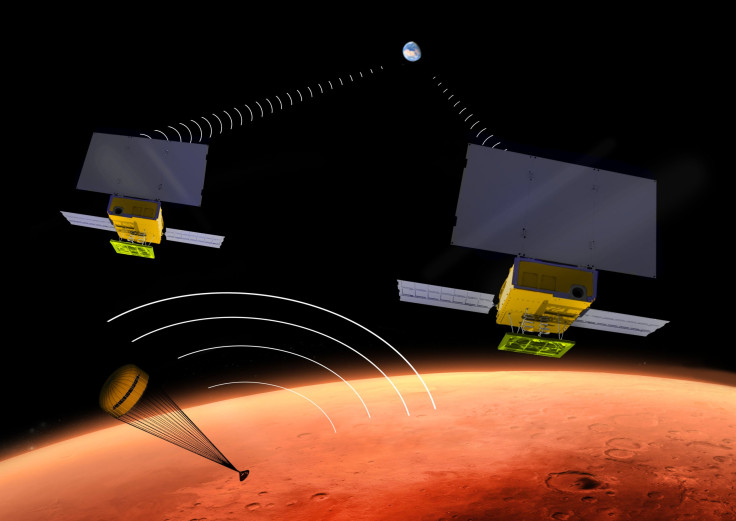NASA To Test Interplanetary CubeSats During 2016 Mars Mission

In March 2016, when an Atlas V rocket carrying NASA’s InSight lander to Mars takes off, it would also be transporting two small satellites known as CubeSats. This will mark the first time these spacecraft, which are about the size of a briefcase, would be flown into deep space, NASA said in a statement released Friday.
“MarCO [Mars Cube One] is an experimental capability that has been added to the InSight mission,” Jim Green, director of NASA’s planetary science division at its headquarters in Washington, said in the statement. The CubeSat technology for the latest mission has been named MarCO.
NASA hopes that the CubeSats would help remove a crucial communications delay in future missions to the red planet.
The InSight mission, for instance, will be programmed to communicate with NASA's Mars Reconnaissance Orbiter (MRO) flying overhead, which would then relay this information to Earth. However, it might take the orbiter more than an hour to confirm a successful landing. This is where the CubeSats -- which have already been used for research missions, typically in low Earth orbits -- are expected to play an important role. The CubeSats come equipped with two solar panels and a pair of radio antennas that can be used to beam back information about InSight’s landing to Earth faster than traditional methods.
Moreover, even if these CubeSats fail to work as expected, it would not impact the success of the main mission. And, if the MarCO demonstration mission succeeds, “it could allow for a ‘bring-your-own’ communications relay option for use by future Mars missions,” NASA said in the statement.
“The two CubeSats will separate from the Atlas V booster after launch and travel along their own trajectories to the red planet,” the space agency added. “MarCO will be navigated to Mars independently of the InSight spacecraft, with its own course adjustments on the way.”
NASA’s InSight is designed to study the deep interior of Mars. Scientists hope that the information gleaned by the lander might help them better understand the process through which planets of the inner solar system, including Earth, formed.
© Copyright IBTimes 2024. All rights reserved.






















